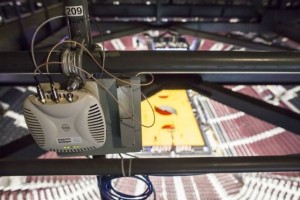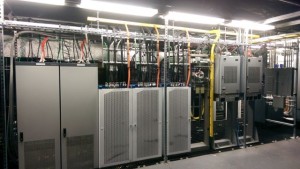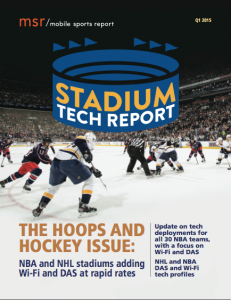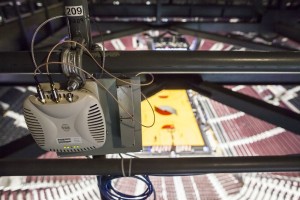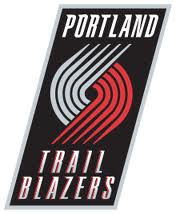Editor’s note: The following team-by-team capsule reports of NBA stadium technology deployments are an excerpt from our most recent Stadium Tech Report, THE HOOPS AND HOCKEY ISSUE. To get all the capsules in one place as well as our featured reports, interviews and analysis, download your free copy of the full report today.
Reporting by Chris Gallo
NBA WEST: Northwest Division
Denver Nuggets
Pepsi Center
Seating capacity: 19,155
Wi-Fi: No
DAS:Yes
The Denver Nuggets rely on DAS to help fans stay connected at games. As the Pepsi Center turns 16 years old this year, there are no immediate plans to add fan-facing Wi-Fi to the arena. No Wi-Fi means it’s no surprise the Nuggets rank towards the bottom of the league in home attendance.
Minnesota Timberwolves
Target Center
Seating capacity: 19,356
Wi-Fi: No
DAS:Yes
Still no Wi-Fi available at the Target Center. But the city of Minneapolis and the franchise are working toward an estimated $97 million renovation that would be sure to include ways to improve the experience for the fans. Any connectivity upgrades would be welcomed, as the arena enters its 25th year of existence. Maybe Kevin Garnett can help hang some APs as part of his return?
Oklahoma City Thunder
Chesapeake Energy Arena
Seating capacity: 18,203
Wi-Fi: Yes
DAS:Yes
Oklahoma City installed new video boards and reconfigured suites as part of an estimated $2.4 million worth of upgrades this offseason. The updates are a nice compliment for fans, who can connect to Wi-Fi and DAS in Chesapeake Energy Arena.
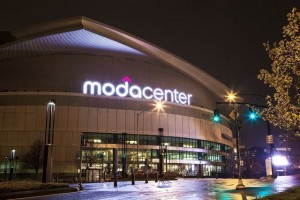
Portland’s Moda Center, home of the NBA Trail Blazers. Credit all photos: Moda Center (click on any photo for a larger image)
Moda Center
Seating capacity: 19,980
Wi-Fi: Yes
DAS:Yes
Owner Paul Allen delivered on a $16 million renovation plan this season, bolstering Wi-Fi and DAS in the Moda Center for years to come. It’s now easier for fans to view highlights during home games from the team’s mobile app.
Utah Jazz
EnergySolutions Arena
Seating capacity: 19,911
Wi-Fi: No
DAS:Yes
The Utah Jazz partnered with Boingo Wireless last spring to deliver a modern Distributed Antenna System to EnergySoultions Arena. The neutral DAS system is a major upgrade for fans and the 24-year-old facility. While Wi-Fi is not yet present in the arena, the franchise is patiently evaluating its needs to make it available in the future.
